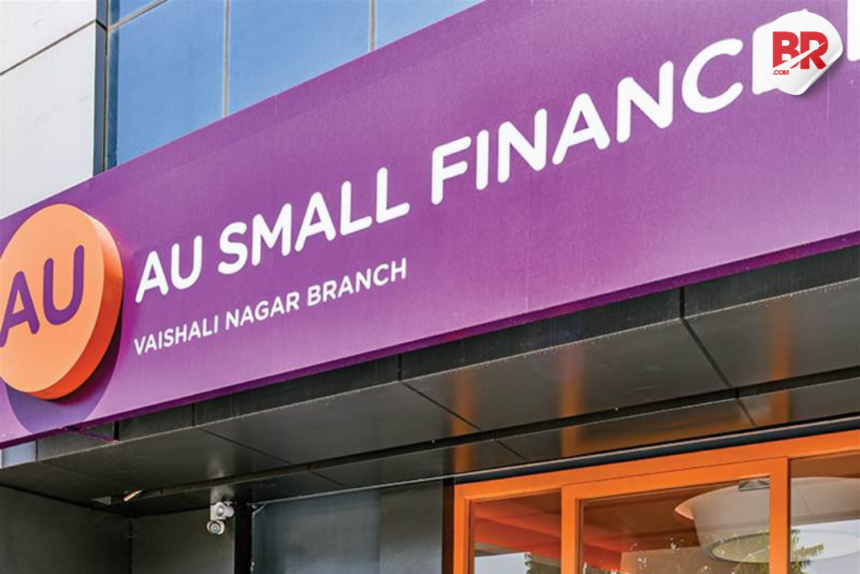
AU Small Finance Bank just dropped its Q4 FY25 numbers—and they’re eye-catching. The bank clocked a net profit of ₹504 crore, marking an 18% year-on-year jump from ₹371 crore. Net Interest Income (NII) surged 57% to ₹2,094 crore, and the bank’s Net Interest Margin (NIM) climbed to 5.8%, up from 5.1% a year ago.
This isn’t just a good quarter—it’s a flex. The bank nearly doubled its pre-provisioning profit (PPoP), up 99% to ₹1,292 crore, while also improving its asset quality. Gross NPAs dipped slightly to 2.28%, and Net NPAs dropped to 0.74%, signaling tighter control over loan defaults.

What Does This Mean for the Average Investor?
On the surface, AU Small Finance Bank is hitting the right notes—strong profit growth, expanding margins, and better loan recovery. For depositors and investors alike, this could signal a bank that’s both growing and managing its risks better than many peers.
In plain terms: the engine’s revving, and there’s plenty of fuel. But before you jump into the driver’s seat, let’s talk about the potholes.
Also Read Havells India Q4 Profit Soars 16%—But There’s a Surprising Twist You Didn’t Expect!
Not All Sunshine: The Credit Cost Curveball
While the headline numbers gleam, analysts are looking under the hood. The warning light? Rising credit costs. These are provisions banks set aside in case loans go sour—and if that number is creeping up, it means they’re bracing for trouble.
The bank has cut back on unsecured loans, which shrank 17.6% year-on-year, largely due to pressure in its microfinance and credit card segments. These segments are profitable but risky, and the stress is starting to show.
It’s a bit like a great report card that comes with a note: “Excelling, but needs to work on behavior in class.”
The Bigger Picture
AU Small Finance Bank’s total loan portfolio now stands at ₹1.16 lakh crore, a 20% increase from last year. Deposits have grown even faster, rising 27% YoY to ₹1.24 lakh crore. This shows strong customer trust and healthy demand for credit.
At the same time, by tightening exposure to unsecured lending, the bank seems to be hedging against rising risk. It’s a smart move—but it might limit growth in high-yield areas.
Also Read India’s Private Sector Rises to 8-Month Peak—What Does This Mean for Jobs and Growth?
What Should You Do as an Investor?
Here’s a straightforward roadmap:
- Dig Deeper: Don’t just stop at profit numbers. Look at where the growth is coming from—and where the risks lie.
- Track Credit Trends: Rising credit costs aren’t just a blip; they can reshape the bank’s profitability in coming quarters.
- Balance Risk and Return: This stock might suit moderate-risk investors looking for a mid-cap bank with strong fundamentals.
- Diversify: Don’t bet your whole portfolio on a single player—no matter how well it’s performing today.
Final Word
AU Small Finance Bank is having a moment. The growth is real, and so is the prudence in its lending book. But the signals are mixed—credit stress and rising costs could weigh down future results.
Think of it like binge-watching a great show’s new season: strong opening episode, solid cast, but hints of drama ahead. Keep watching—but maybe don’t cancel your other subscriptions just yet.
Also Read IMF Cuts India’s Growth Forecast to 6.2% for FY26 – Key Reasons Explained!












